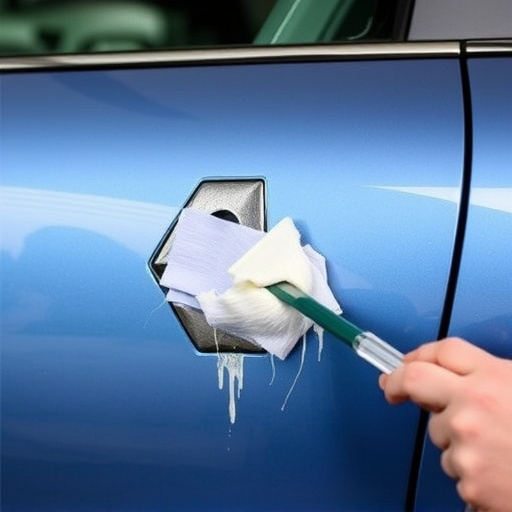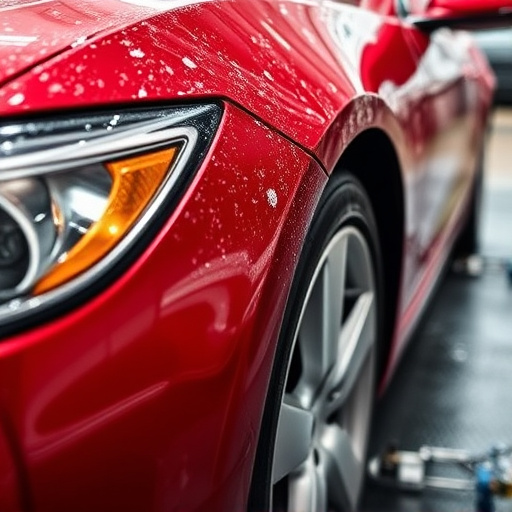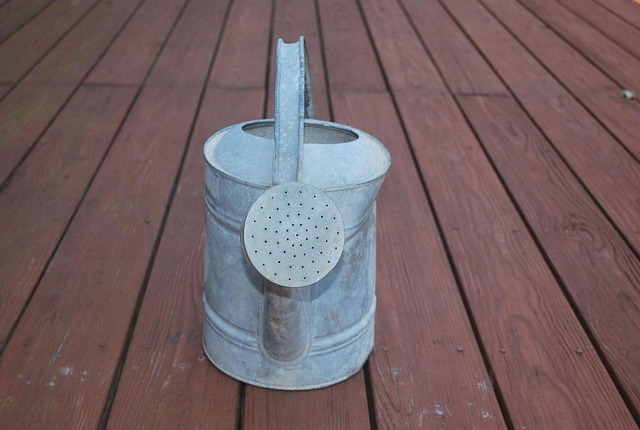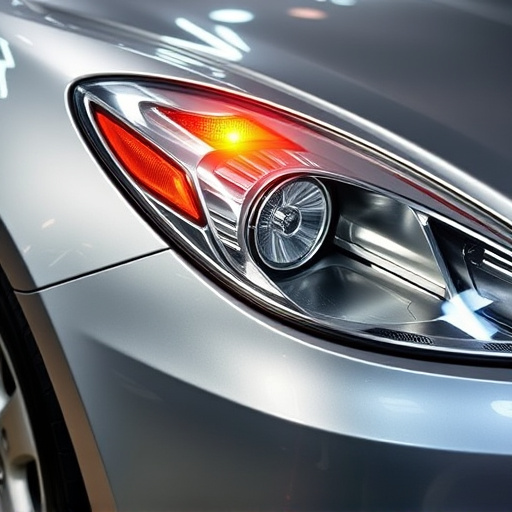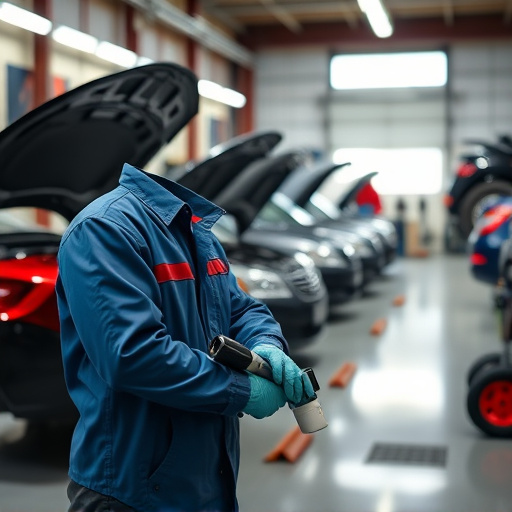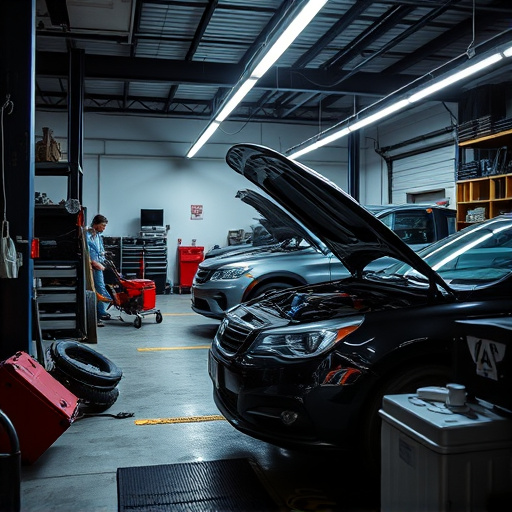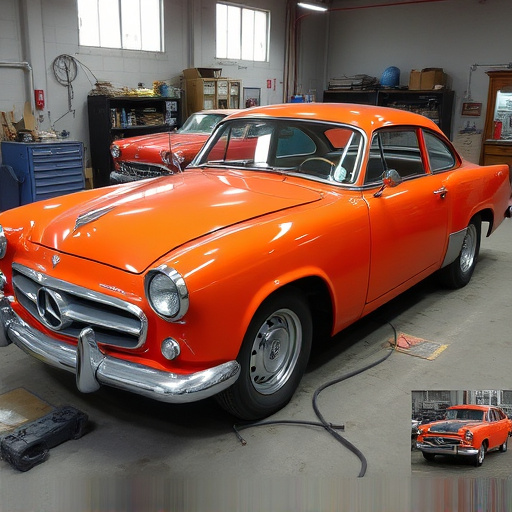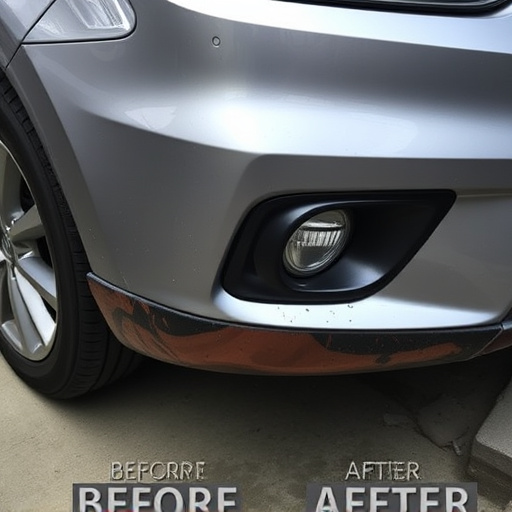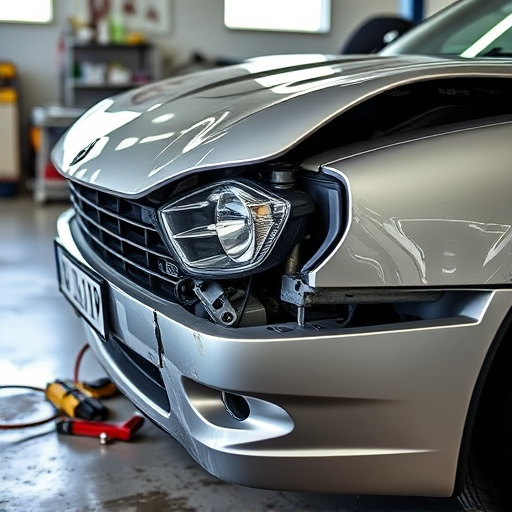C-pillar damage in side impact crashes poses significant safety risks if not addressed by skilled technicians using specialized tools for accurate assessment and repair. Proper C-pillar repair ensures structural integrity, prevents misalignment, and preserves vehicle value. Following meticulous preparation and execution steps, including proper alignment, use of recommended materials, regular fitment checks, tire services, and professional paint techniques, enhances overall vehicle stability, safety, and aesthetics.
In the realm of collision repair, the C-pillar—a structural component crucial for side impact protection—is a key focus. Understanding C-pillar damage and its implications is vital to ensuring safe and durable repairs. This article delves into the intricacies of C-pillar repair, highlighting the importance of proper techniques in preventing long-term issues. We’ll explore common mistakes to avoid, offering insights for achieving optimal results, thereby enhancing vehicle safety and structural integrity.
- Understanding C-Pillar Damage and Its Impact on Collision Repair
- The Role of Proper C-Pillar Repair Techniques in Preventing Long-Term Issues
- Common Mistakes to Avoid During C-Pillar Replacement and How to Achieve Optimal Results
Understanding C-Pillar Damage and Its Impact on Collision Repair
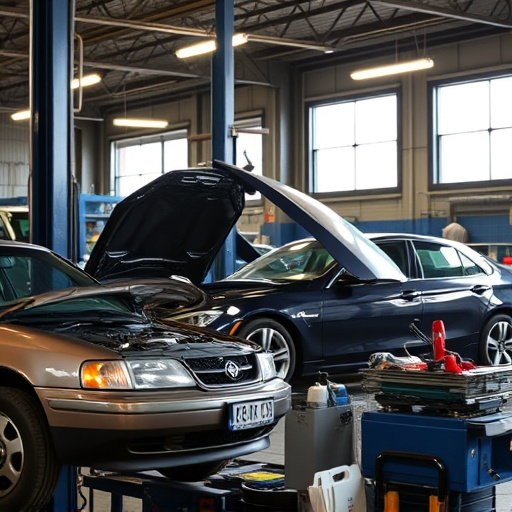
C-pillar damage is a common occurrence in car collisions, particularly in side impact crashes. The C-pillar, a structural component connecting the roof to the door, bears the brunt of force during such incidents. Understanding the extent and types of C-pillar damage is crucial for effective collision repair. Dents, bends, or even complete deformation can compromise the vehicle’s structural integrity and safety.
In a collision repair shop, skilled technicians employ specialized tools and techniques to accurately assess and fix C-pillar damage. Improper handling during car collision repair can lead to misalignment, poor paint jobs, or reduced structural stability. Therefore, it’s vital to entrust such repairs to experienced professionals who can ensure precise vehicle body repair, minimizing the risk of long-term issues in both structural integrity and aesthetic appeal.
The Role of Proper C-Pillar Repair Techniques in Preventing Long-Term Issues
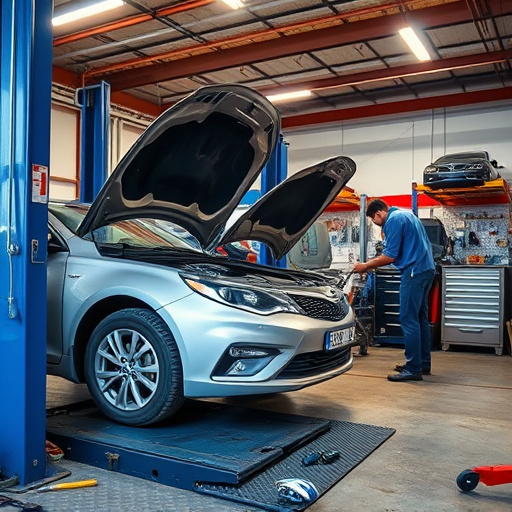
Proper C-pillar repair is more than just fixing a dent; it’s an investment in your vehicle’s long-term structural integrity and safety. When a C-pillar, or any component of a car’s side structure, is damaged, it can compromise the overall rigidity of the body. If not addressed correctly, even seemingly minor dents or bends can lead to alignment issues, reduced crash performance, and increased vulnerability to rust and corrosion over time.
Skilled technicians utilize advanced techniques beyond simple dent removal and auto painting to ensure accurate restoration. This involves meticulous measurement, precise metal working, and careful integration of new or repaired sections with the existing car body. By taking this holistic approach, C-pillar repair can prevent future problems associated with poor alignment, uneven wear, and compromised safety in the event of a collision. A well-executed C-pillar repair job is a key step in maintaining your vehicle’s value and keeping you safe on the road.
Common Mistakes to Avoid During C-Pillar Replacement and How to Achieve Optimal Results

During C-pillar replacement, several common mistakes can lead to suboptimal results or even further damage. One of the primary errors is inadequate preparation of the existing pillar before installing a new one. This includes failing to thoroughly inspect and address any pre-existing dents, rust, or structural weaknesses, which can compromise the integrity of the repair. Additionally, using incompatible materials or not following manufacturer guidelines during the replacement process can cause long-term issues.
To achieve optimal results in C-pillar repair, ensure proper alignment of the new pillar with the vehicle’s structure and carefully apply the necessary adhesives and reinforcements. Regularly checking the fitment and making adjustments as needed is crucial. Moreover, integrating tire services to ensure wheel alignment after the repair can significantly enhance the overall stability and safety of the vehicle. Similarly, considering professional car paint repair techniques for seamless blending with the existing finish can prevent unsightly patches or inconsistencies that may arise from do-it-yourself approaches or amateur collision repair work.
C-pillar repair is a critical aspect of collision repair, as it directly impacts vehicle safety and structural integrity. By understanding the nuances of C-pillar damage and implementing the right repair techniques, professionals can prevent long-term issues and ensure optimal vehicle performance. Avoiding common mistakes during replacement, such as improper alignment or subpar materials, is key to achieving lasting results. With the right knowledge and tools, C-pillar repair becomes a game-changer in the industry, fostering safer and more reliable vehicles on the road.
